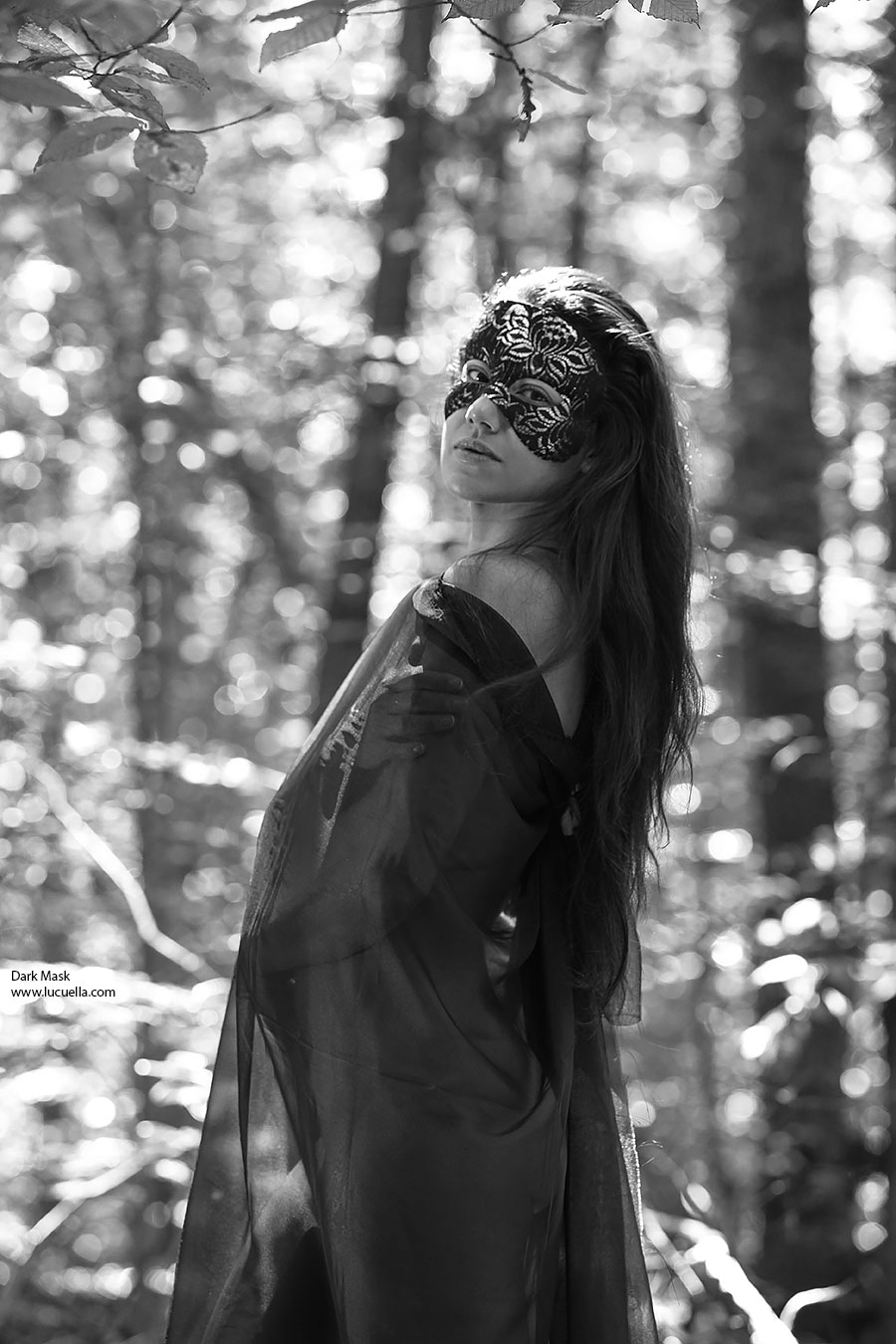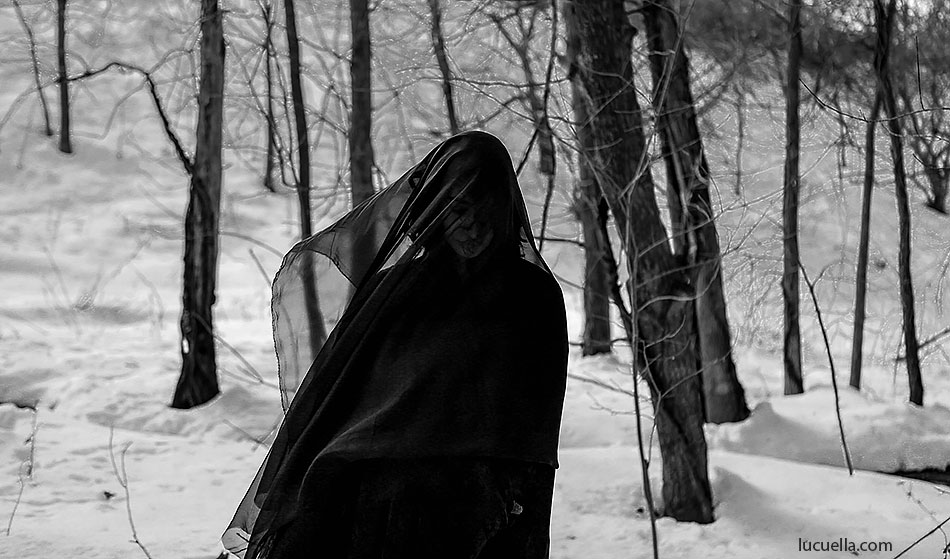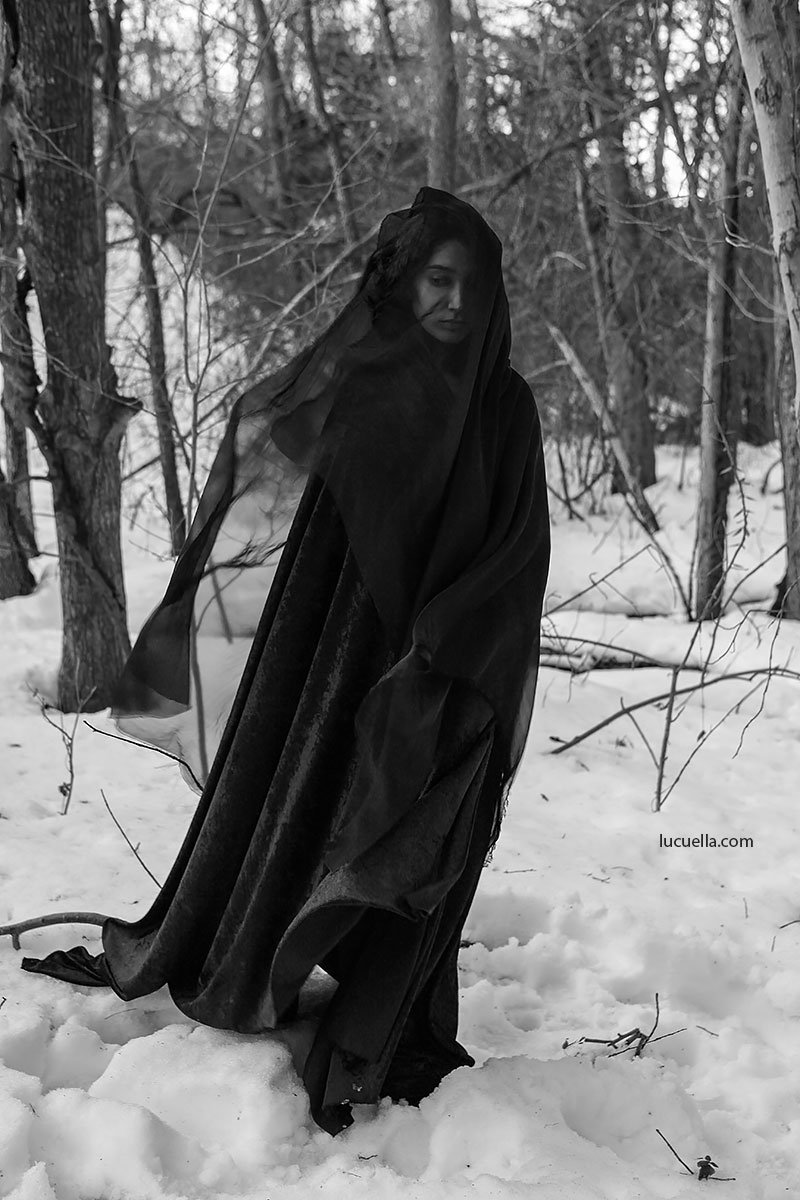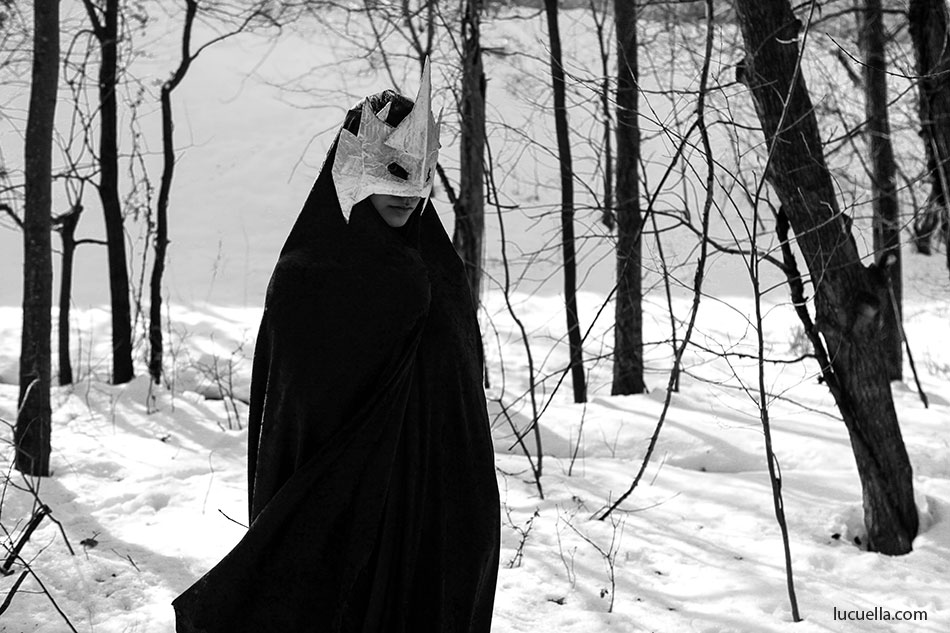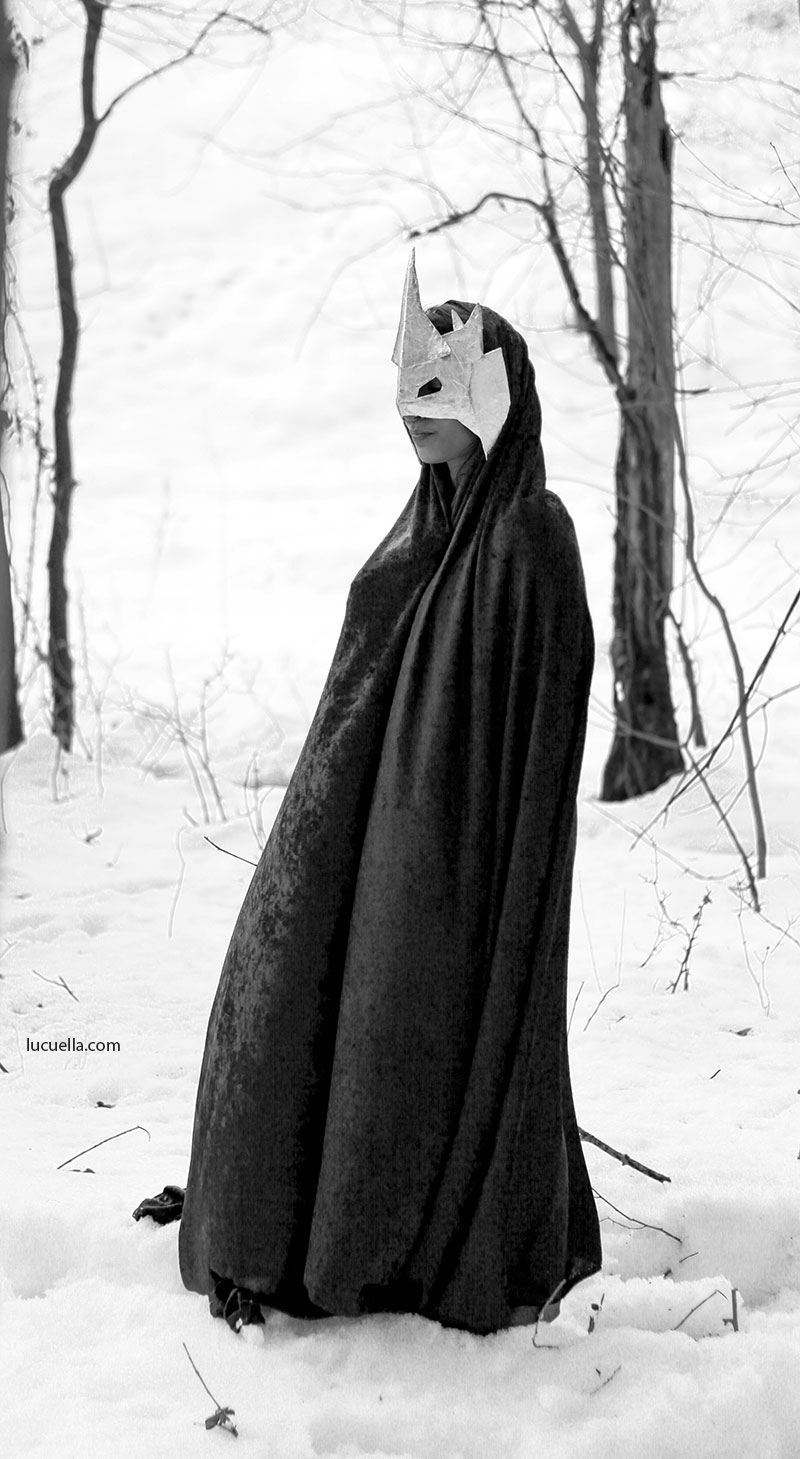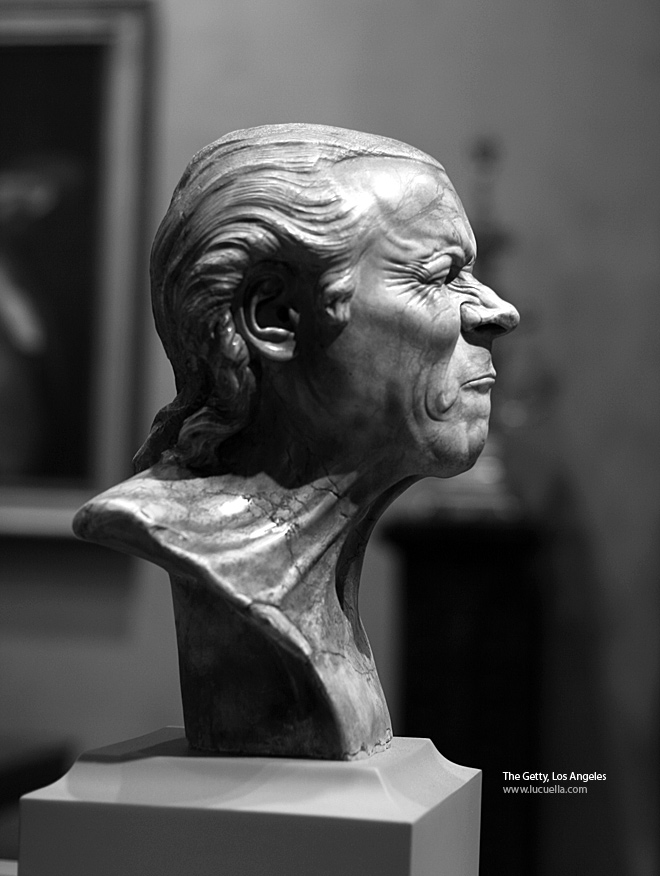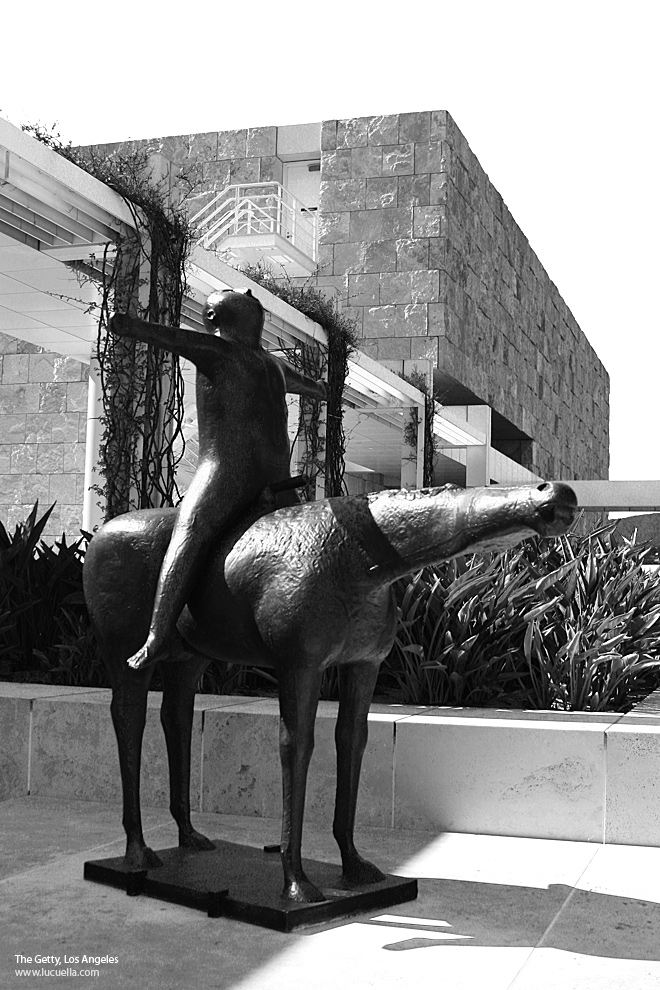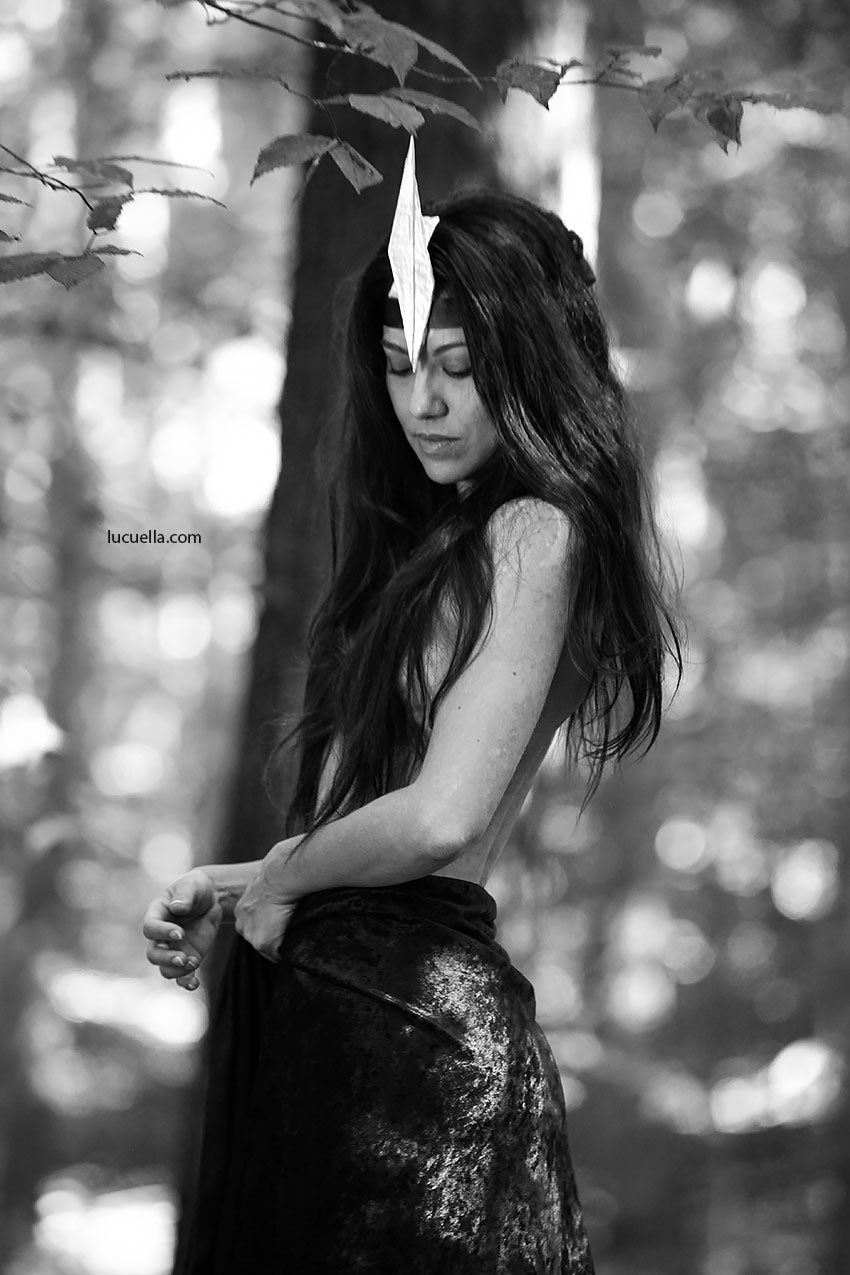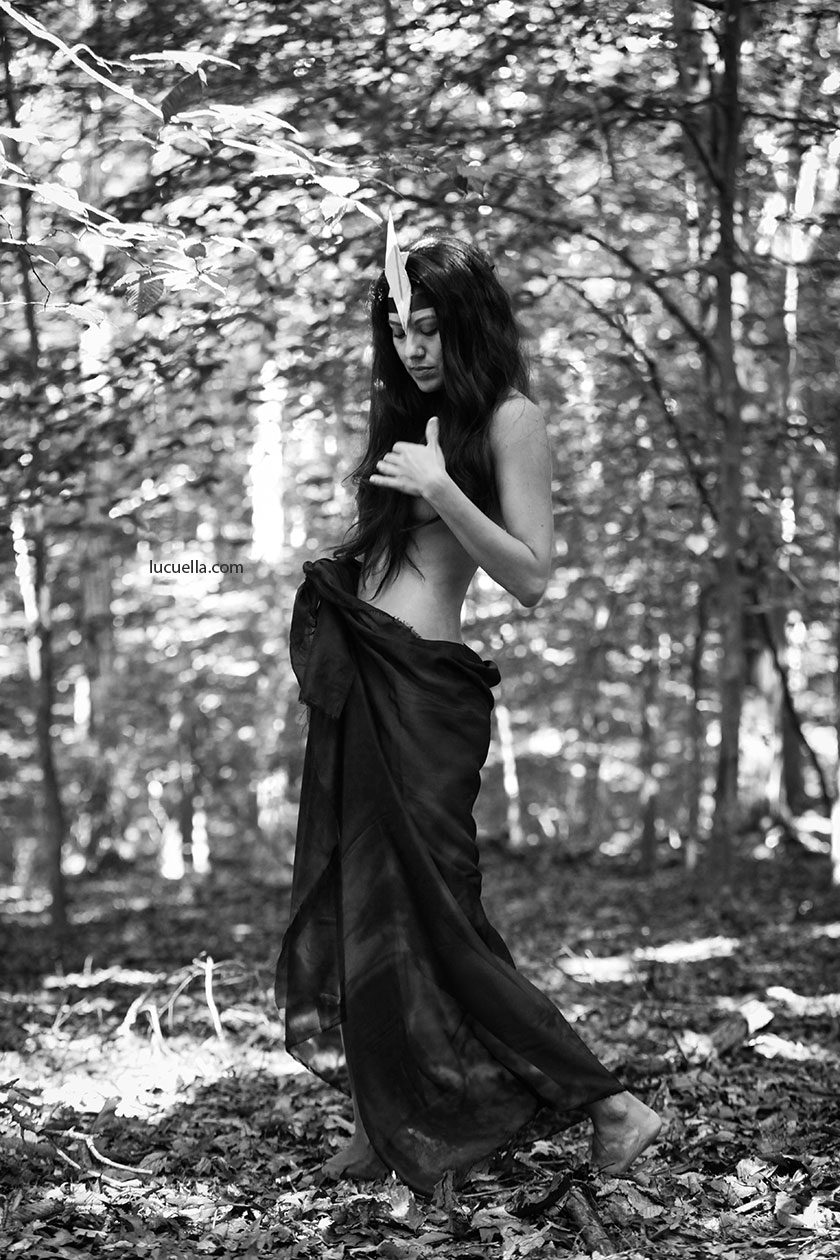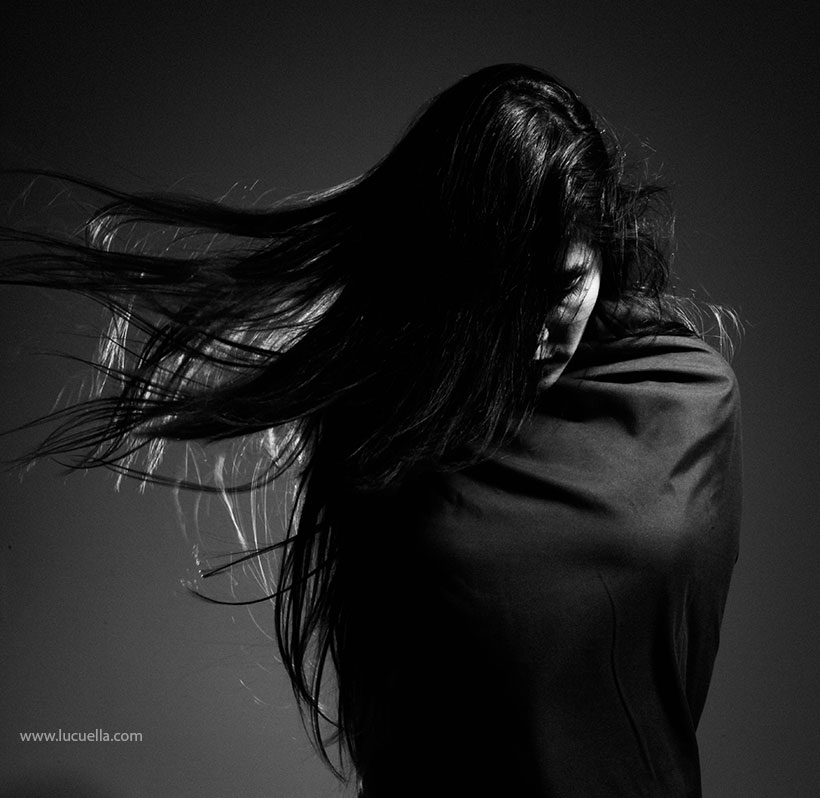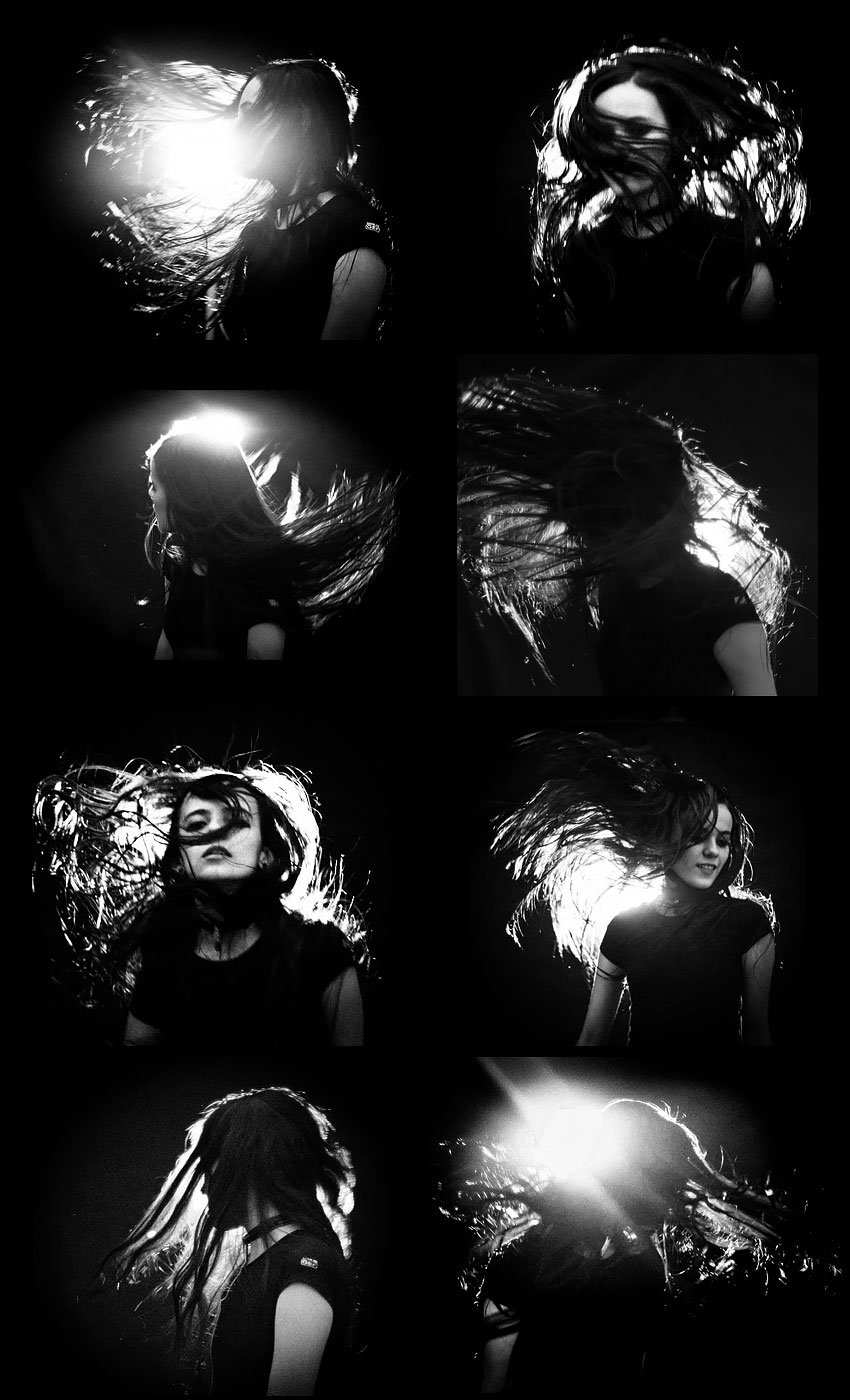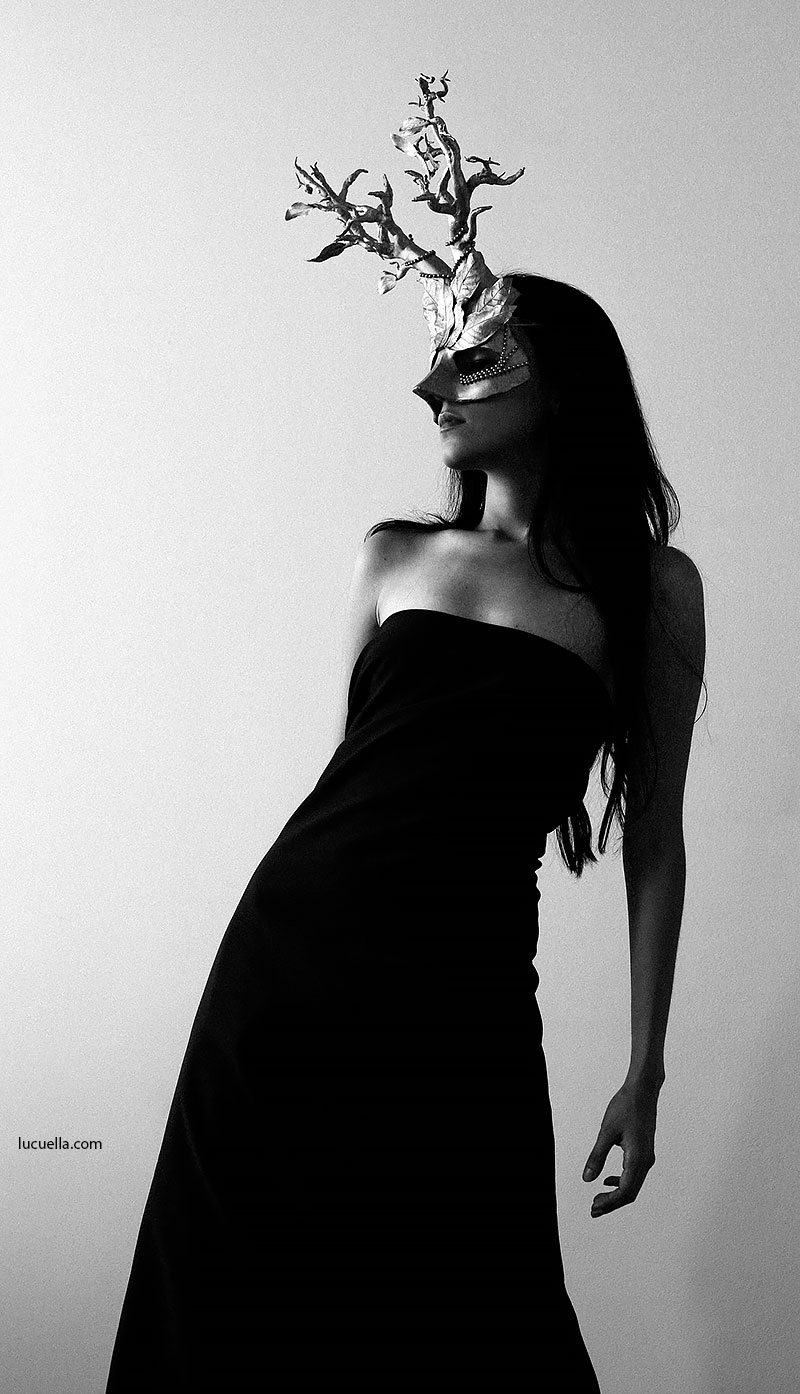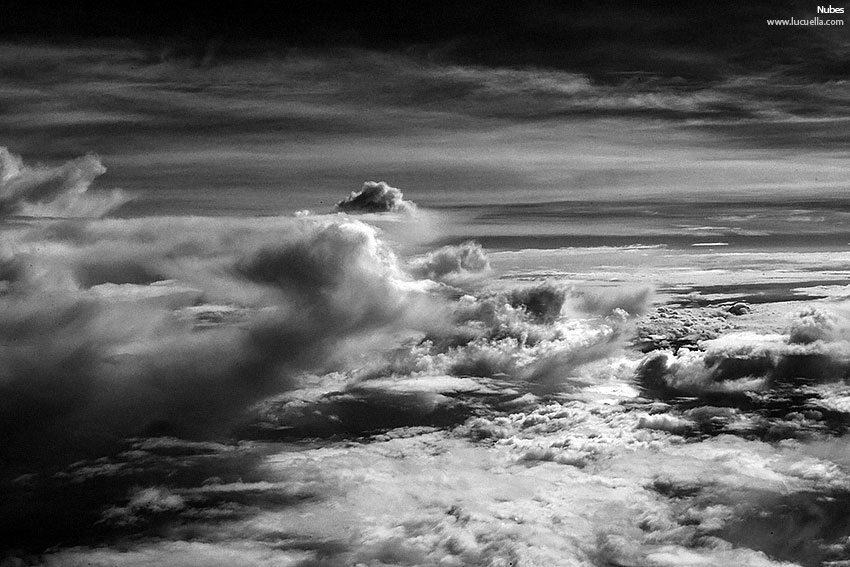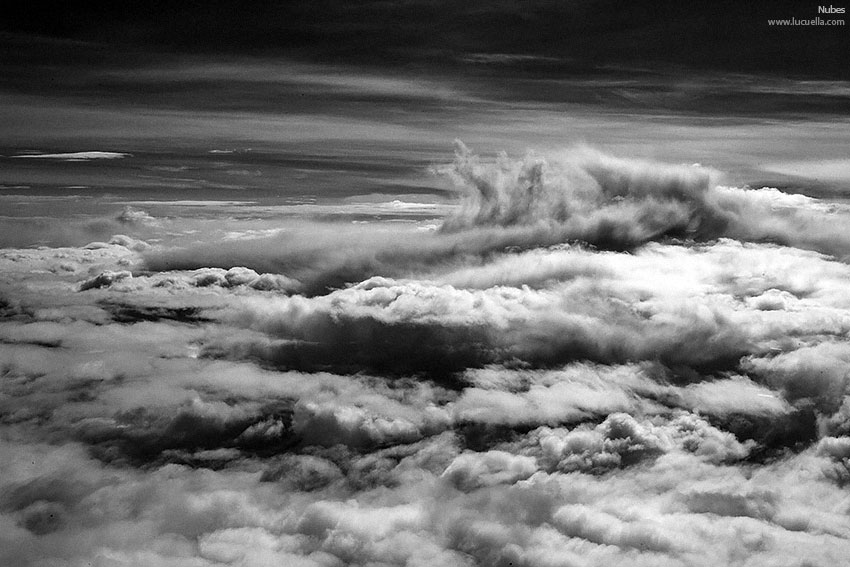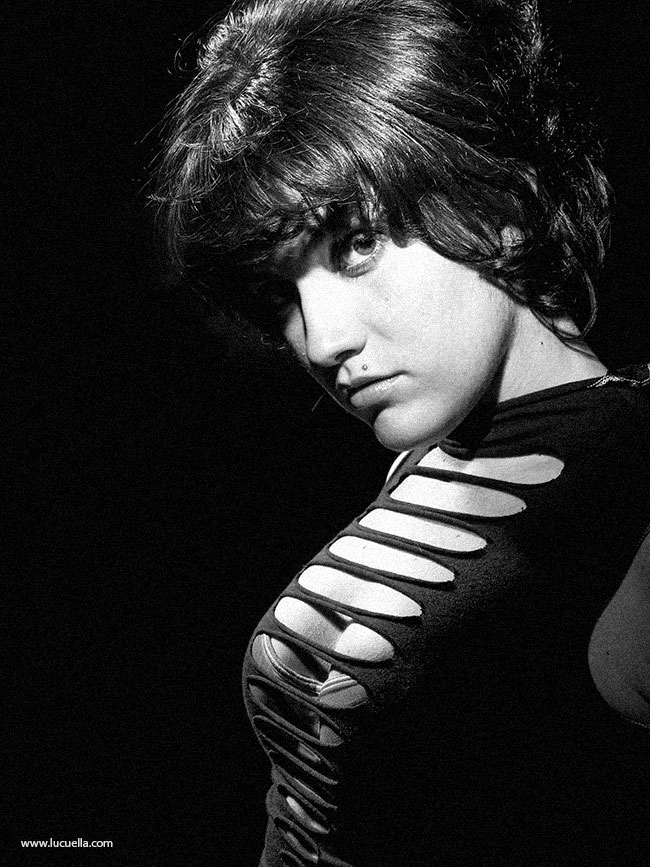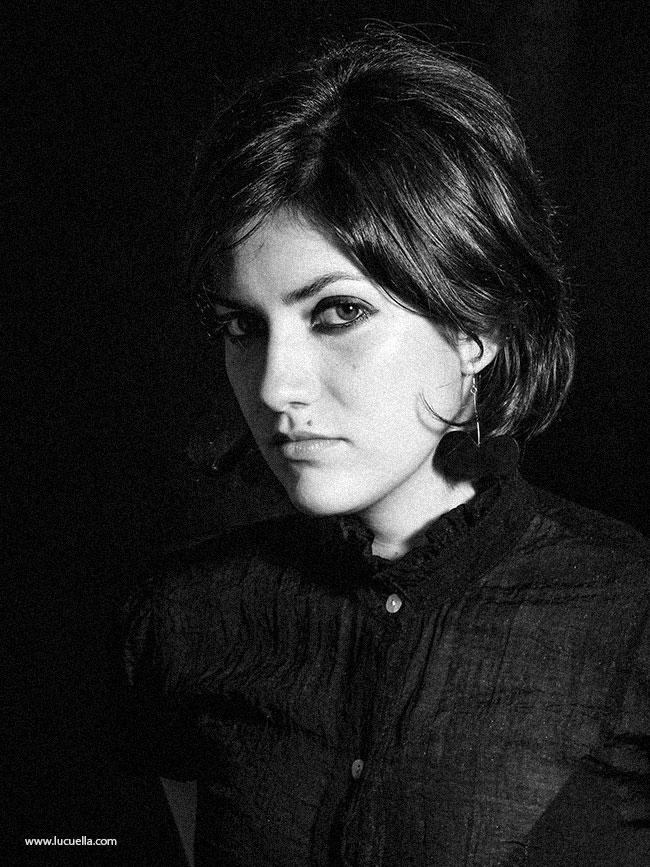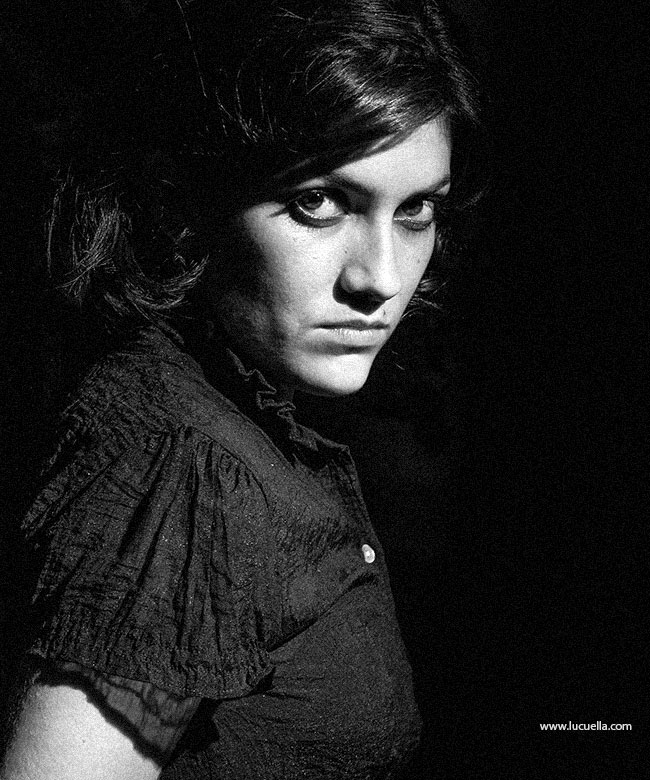I wanted to experiment with new props in my photo shoots and decided to create a mask, out of a cardboard. The process was empiric and improvised. It was like practicing origami in the beginning, creating volumes by cutting and folding the cardboard, and then giving shape to the mask by incorporating the leftover pieces that I was cutting out.
This is how the foundation looked like when I got the shape done.
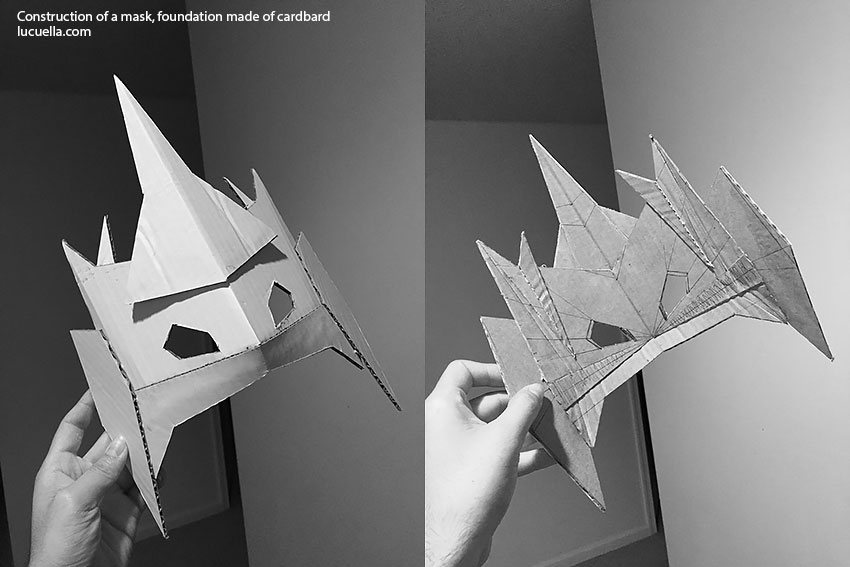
Then, I started the second part of the process, which consisted of bathing or dipping little pieces of paper in glue mixed with water, and then pasting them in the foundation.
This process gave the mask a hard finish and texture.
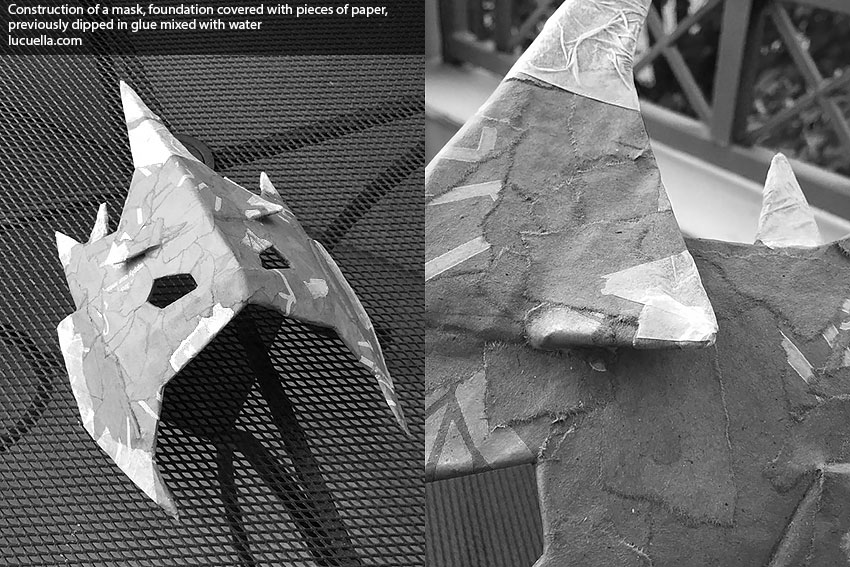
Finally, I used gold acrylics to paint the whole mask.
I realized that I needed a special dress for that mask, so I went to a fabrics store and bought 3 yards of velvet-like fabric to simulate a cloak, which made a perfect match.
The mask didn’t work quite well for the model who wore it, though, it didn’t fit her well and she had trouble to see behind it, in great part because the holes for the eyes have the measurement of my face (I build that!), so I’ll keep that in mind for the next mask I design.
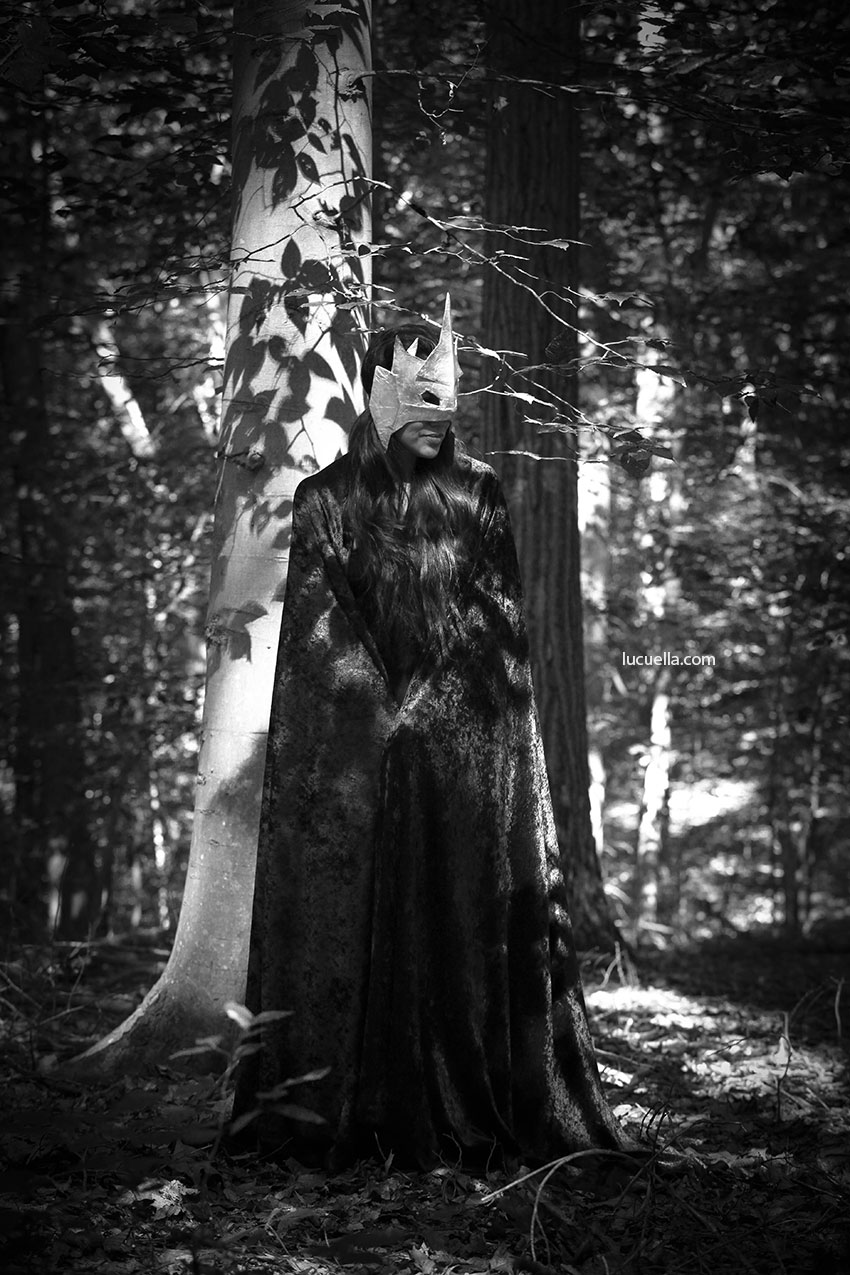
I took these photos at around noon. The sun light was coming from the top and it created high contrast in those areas where it was hitting directly, and also projected harsh shadows of leaves and branches over the model.
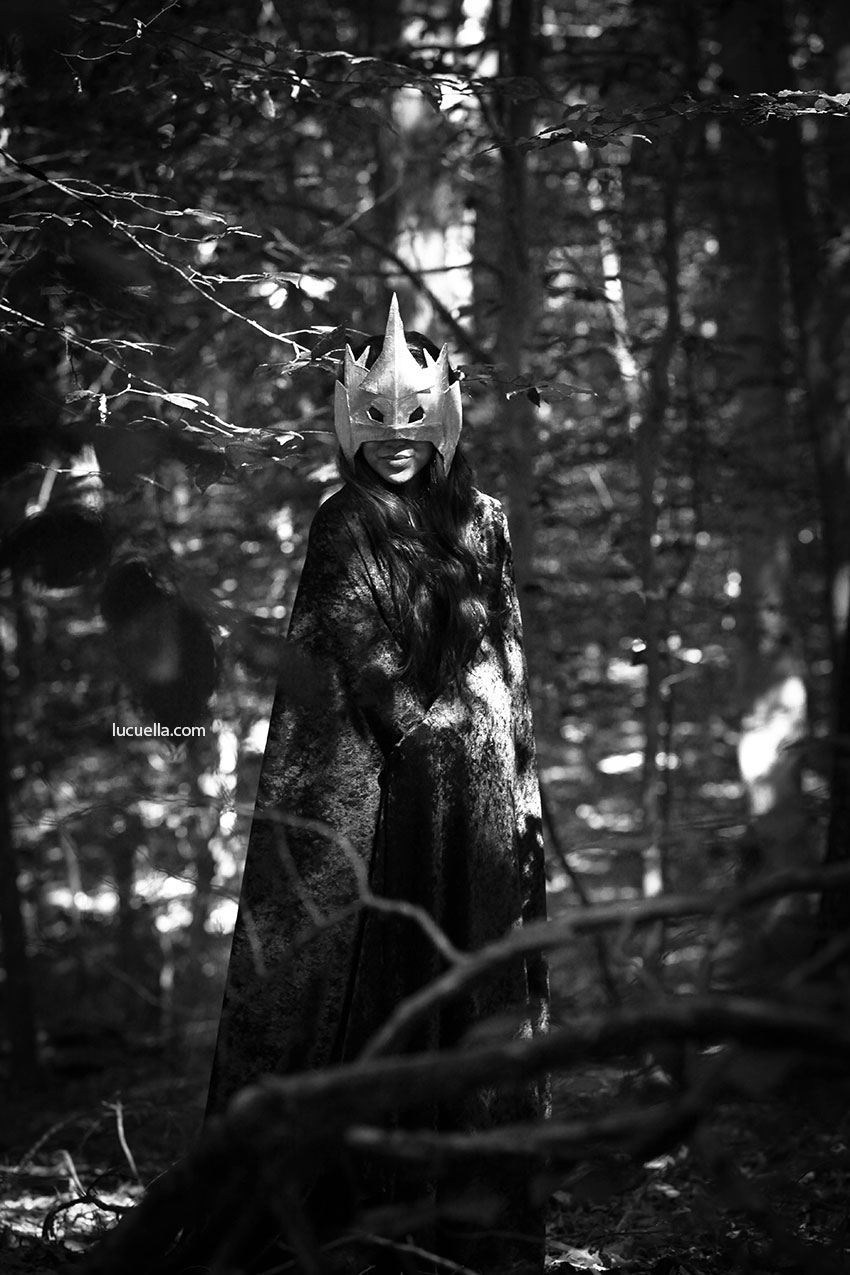
I decided to explore different angles and move around while the model stayed at the same spot.
When you work with natural light, the only way to change the lighting is by keep moving and take photos from different points.
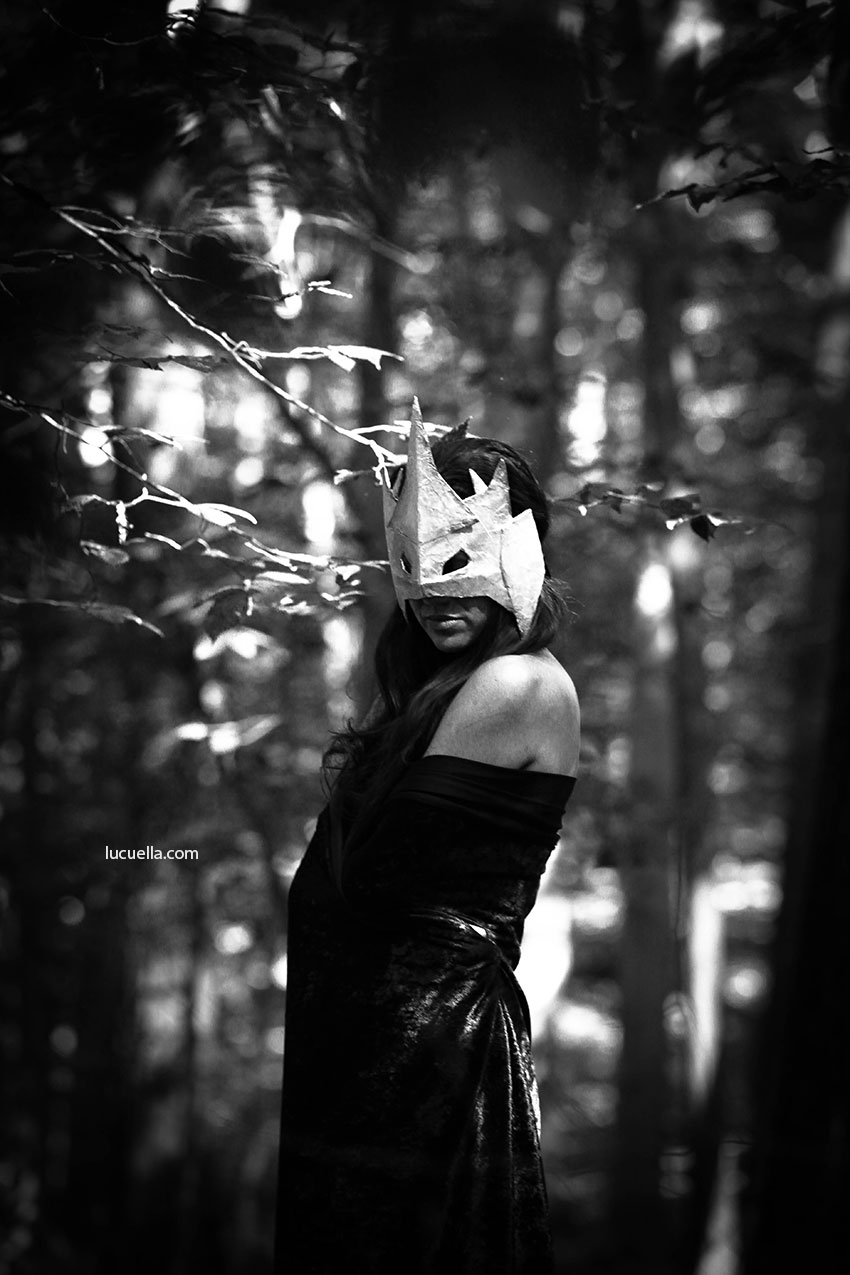
In order to give a feeling of being deep into the woods, I intentionally included some out-of-focus branches and leaves in front of the model.
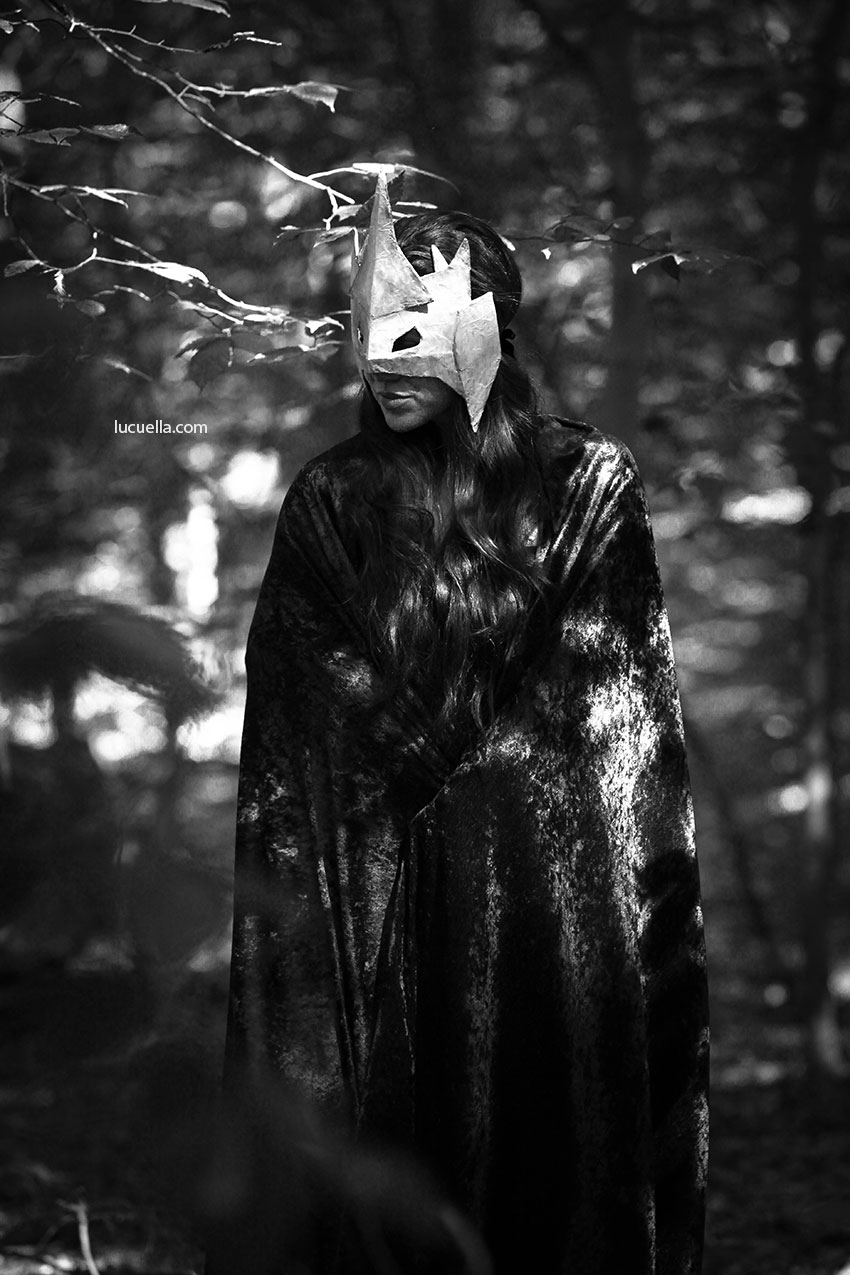
I’m very pleased with the outcome of this photo shoot. The model did a great job, she was very patient and stayed cool wearing that mask, and was always open to explore different poses and angles during all the session.
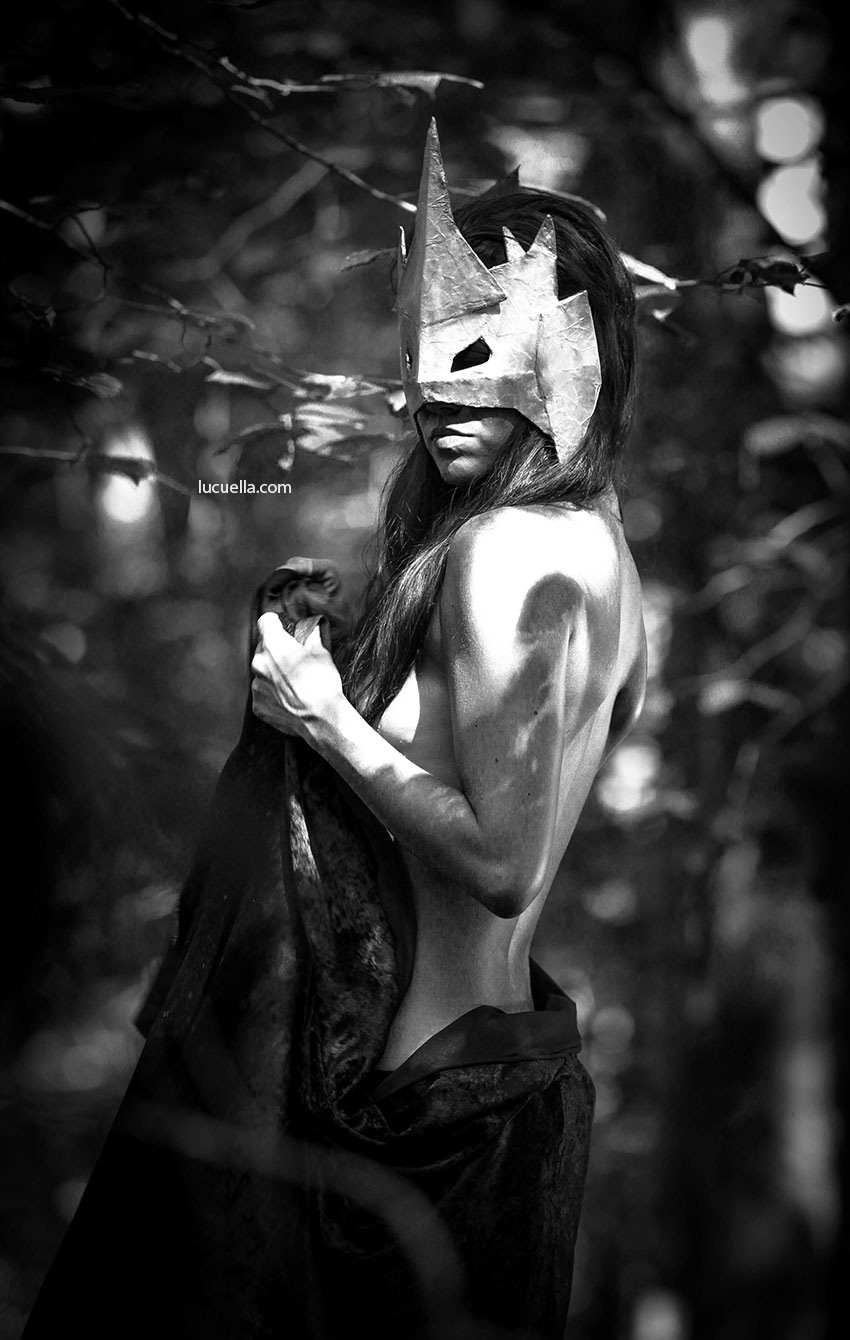
This photo shoot was taken with a Canon 5D Mark II and a 70-200 mm lens.
